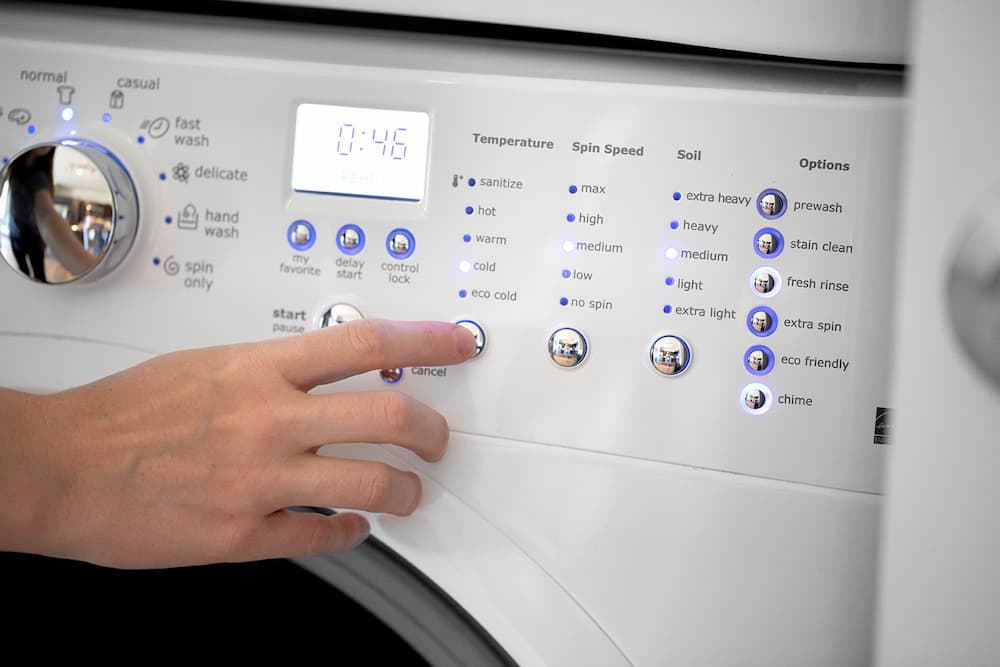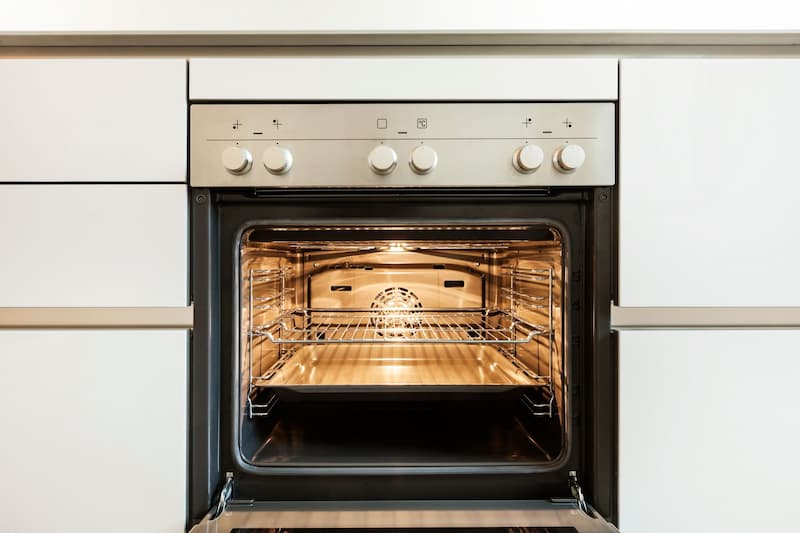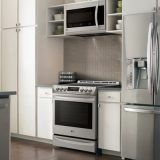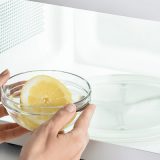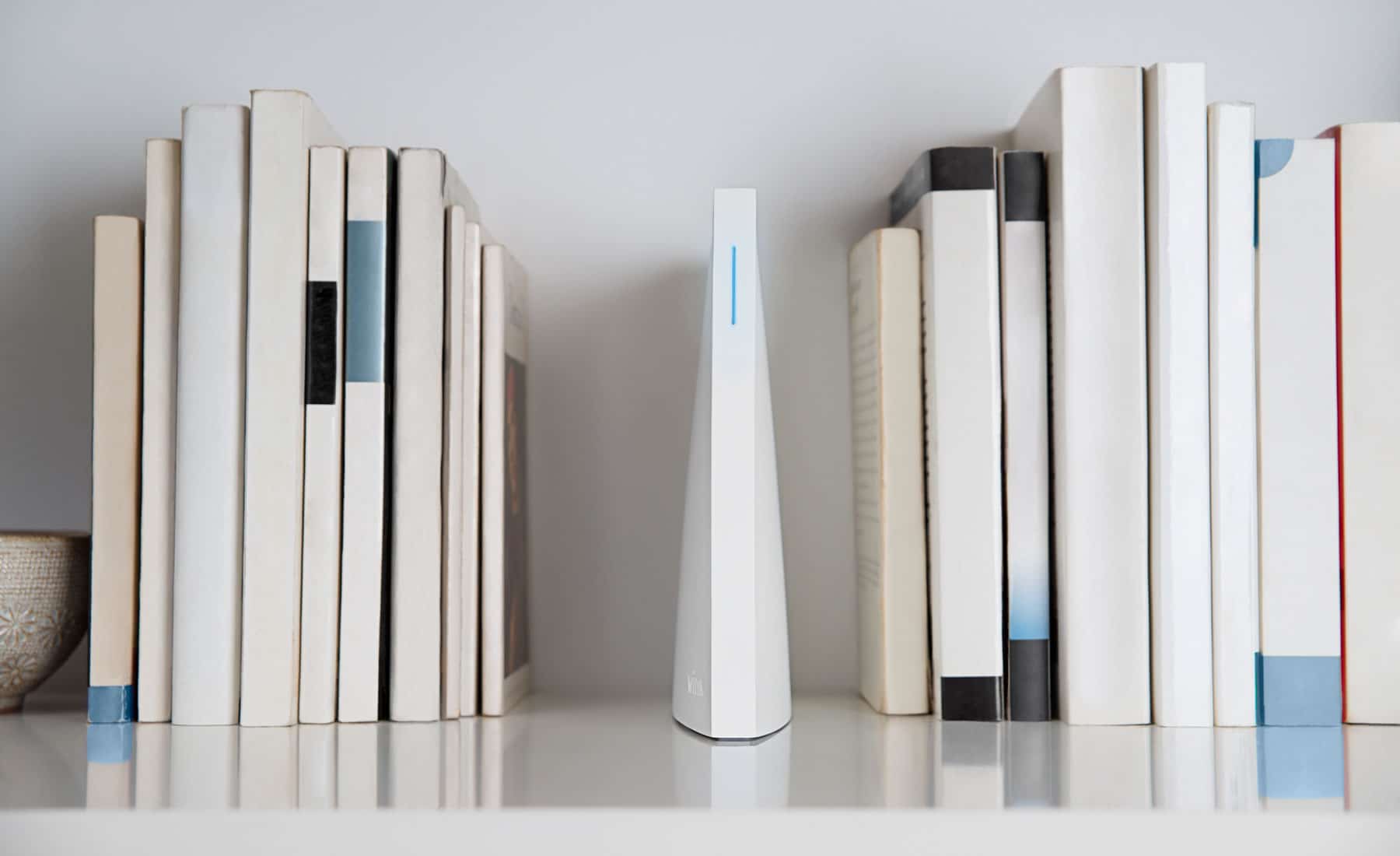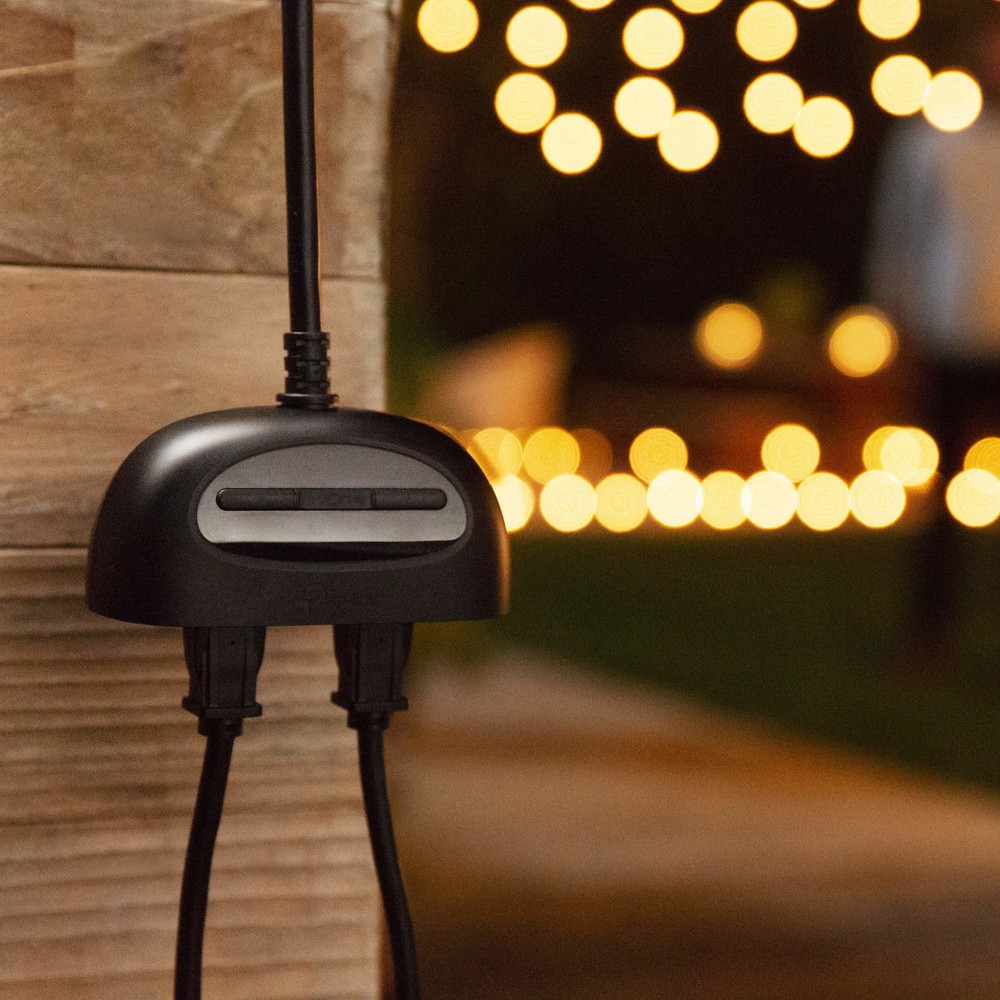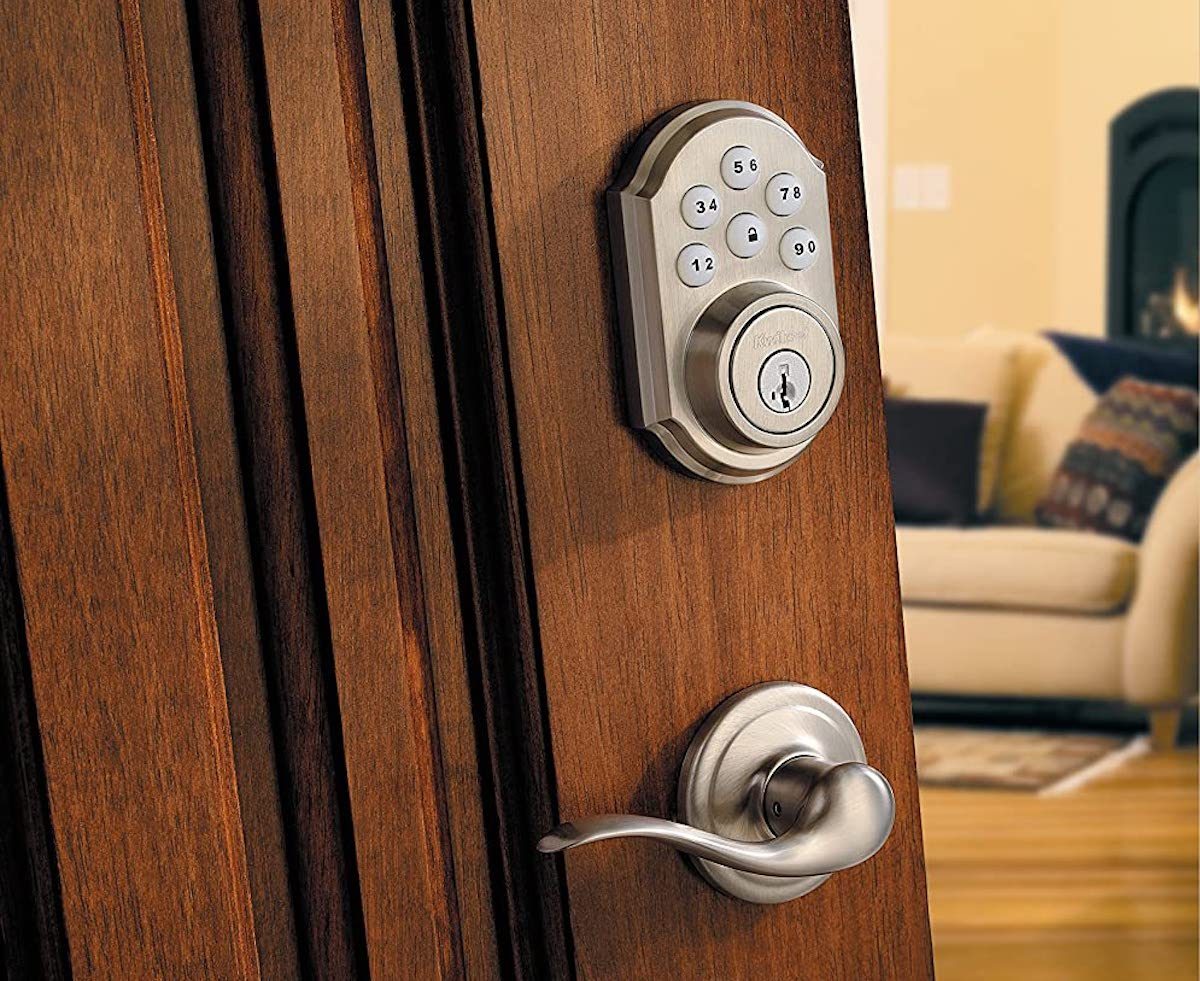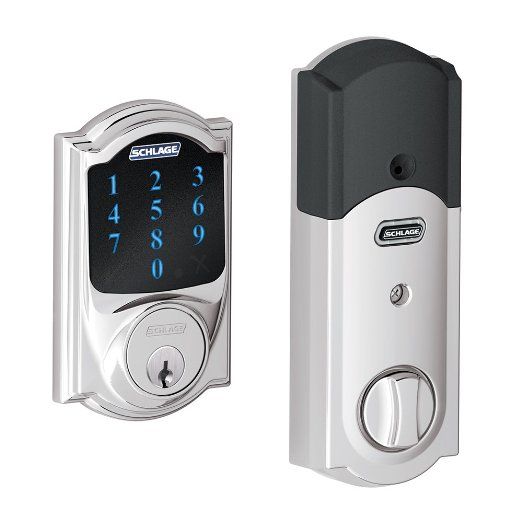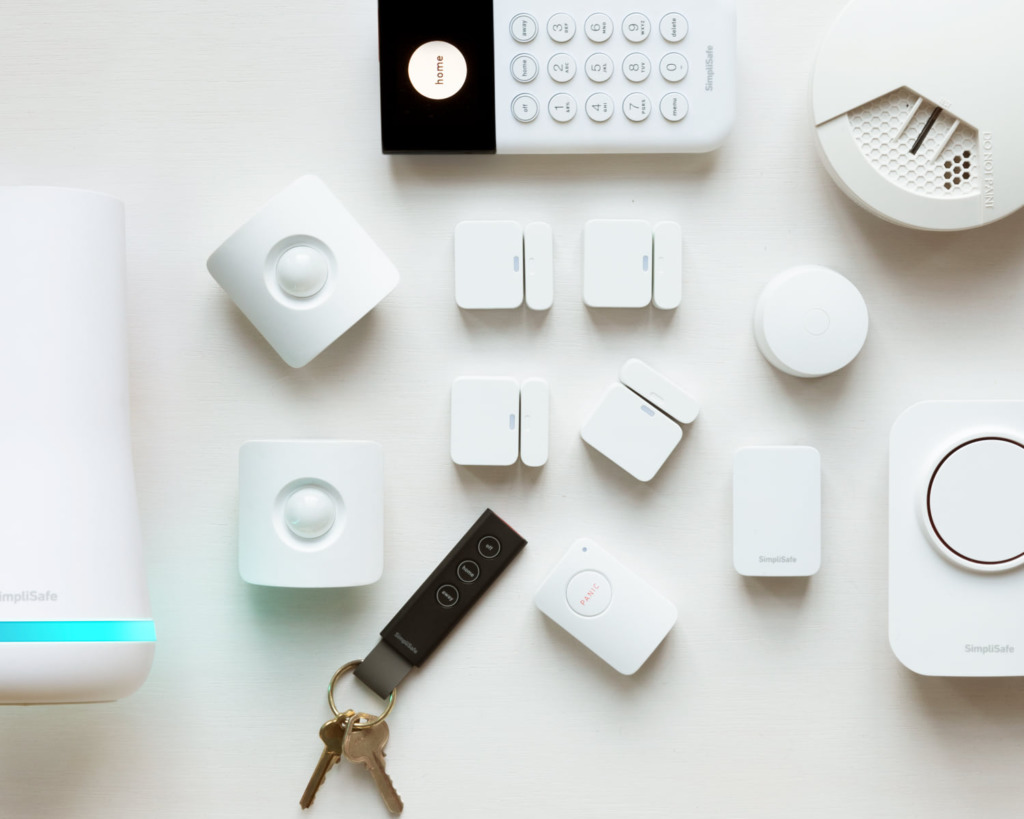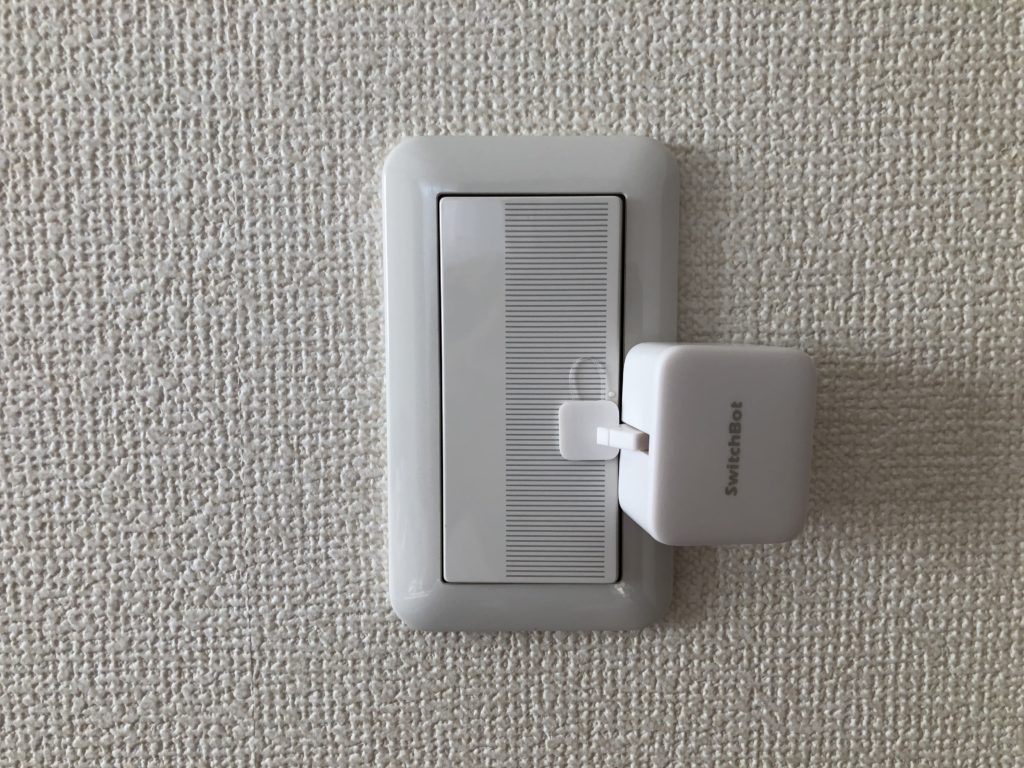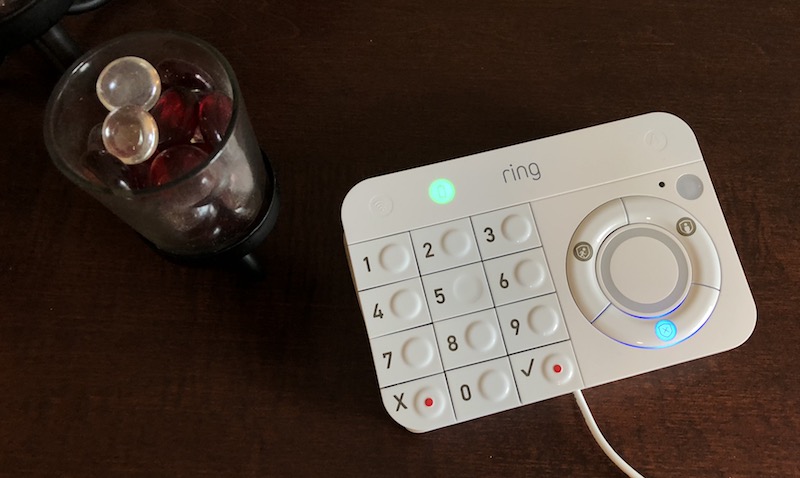Some kitchen utensils are made of stainless steel, stainless steel is a very durable substance, so, can stainless steel bowls be placed in the dishwasher? Yes, stainless steel bowls can be placed in the dishwasher. They are durable enough to be washed in the dishwasher. But avoid strong chemicals, place stainless steel items next to silver-plated dishes in the dishwasher, and be sure to rinse acidic foods off their surfaces to prevent corrosion or damage. With that said, let’s see if stainless steel bowls and other kitchen utensils are dishwasher safe and other useful info.
Is Stainless Steel Flatware Dishwasher Safe?
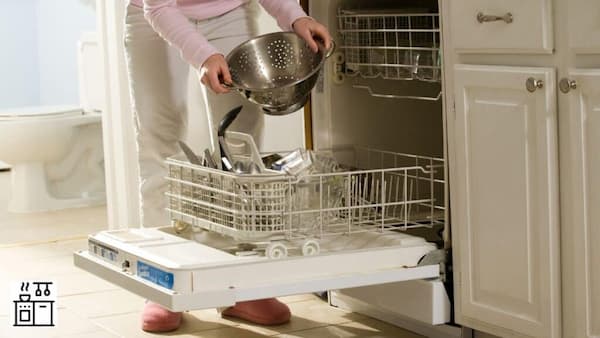
Yes, it is safe and most people have washed their stainless steel dishes in the dishwasher without any complaints.
However, you should also know how to properly clean stainless steel utensils so you don’t have to worry about damaging your utensils.
Please follow the instructions and precautions below to avoid any harm to dishes while washing them in the dishwasher.
- We recommend using a silverware basket for all spoons, forks and knives, separate from other materials so they don’t react in any way.
- Be sure to rinse your dishes, especially stainless steel dishes, to avoid reacting with any acidic food left on the plate. Prolonged exposure to acidic foods can cause silverware to corrode.
- Knives are prone to rust, but dishwashers are not the culprit. Stainless steel blades are made of harder steel, and hard water can cause the blades to rust. This can also happen if you wash those knives by hand.
- To remove rust, use a stainless steel cleaner or baking soda paste and wipe gently with a cloth.
- Stainless steel utensils should be dried immediately after washing to maintain their luster and quality.
How About Stainless Steel Pots And Pans
When it comes to whether or not to put stainless steel pans and pots in the dishwasher, there’s a huge conflict.
Because the heat in the dishwasher can lose the bolts and melt the plastic handle of the pot. Harsh chemicals can also cause discoloration and spotting in pots and pans.
Most dishwasher and stainless steel manufacturers claim that it is not safe to wash stainless steel pans in the dishwasher because the harsh chemicals in the detergent can damage the finish and finish of the pan.
But detergent manufacturers disagree, claiming their detergents are safe. Who should you trust?
You can wash dishes and pots in the dishwasher, but only under certain conditions.
To ease your confusion, please read the instructions below.
- The first and most important thing is to check the labels on the stainless steel pans to see if they are dishwasher safe. If not, then wash your hands. If they are dishwasher safe, go to the next step.
- Always place the dishwasher safe jar upside down on the dishwasher rack. This will help prevent discoloration and polish damage.
- Use a mild cleanser; don’t damage your precious pots and pans with harsh chemicals, as they can cause rust.
- Never wash silver-plated dishes and stainless steel in the dishwasher at the same time, as they will react in the presence of detergent. Take this as a warning if you don’t want to throw away your kitchen utensils.
- Dry immediately with a clean cloth after washing.
Can All Types of Stainless Steel Go in the Dishwasher?
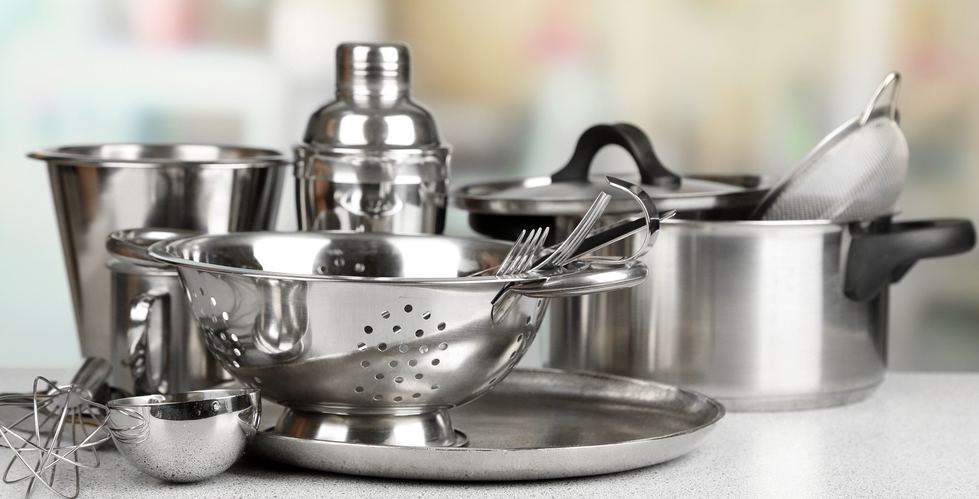
Stainless steel is an alloy of chromium and iron. It has different types and can make different kitchen utensils.
Most homeowners are very careful about putting stainless steel in the dishwasher because they don’t know if it’s dishwasher safe.
Stainless steel has a wide variety of uses, and different types of stainless steel depend on alloys and other important elements in the grading system.
The following information shows the types of stainless steel and their suitability in dishwashers.
Ferritic Stainless Steel
Ferritic stainless steels have high chromium (11-17%), low carbon content and small amounts of nickel. They are magnetic and, due to their low carbon content, are less strong.
Under the ferritic category, there is grade 430 stainless steel.
- Grade 430 Stainless Steel: Grade 430 consists of 17% chromium and 0% nickel. It has good corrosion resistance.
So you can put it in the dishwasher and it can withstand cleaners and mild detergents. Grade 430 stainless steel can be used for kitchen utensils, cutlery, induction pots, and pans.
Austenitic Stainless Steel
Austenitic steel is a non-magnetic steel that is high in chromium and nickel but low in carbon.
This steel consists of 18% chromium and 8% nickel (18/8 stainless steel).
Austenitic steels have good formability, weldability and high toughness. Below are the types of stainless steel that fall into the austenitic category.
- Grade 200 Stainless Steels: They are also known as chromium-manganese stainless steels because of their low nickel content (8%). These types of steel are corrosion-resistant, tough, and inexpensive.
Grade 200 stainless steel is non-corrosive so it is dishwasher safe. The chrome layer prevents kitchen items from being corroded by detergents in the dishwasher.
This steel is the best cookware, including lunch boxes and plates.
- Stainless steel grade 304: Stainless steel grade 304 contains 16% to 24% chromium and 8% nickel. It also contains small amounts of carbon, silicon, and manganese.
It also has excellent corrosion resistance and has a high application value.
Grade 304 is dishwasher safe due to its high chromium content. Chromium compounds act as a protective layer to prevent corrosion by oxidizing compounds.
Grade 304 is extremely durable and makes a variety of kitchen items including pots and pans, straws, travel mugs, and water bottles.
- 316 Stainless Grade: This grade is often referred to as 18/10 because it contains 18% chromium and 10% nickel.
It also contains 2-3% molybdenum for improved corrosion resistance and high-temperature strength.
Grade 316 performs well in dishwashers because of its excellent corrosion resistance. Grade 316 stainless steel kitchen supplies include cookware, containers, pots and pans, lunch boxes, and cutlery.
Martensitic Stainless Steel
Although martensitic stainless steel is not considered food-grade steel, it is used to make some kitchen items. It is powerful because of its higher carbon concentration.
The corrosion resistance of martensitic stainless steel is still lower than that of other types of stainless steel. Therefore, they are not dishwasher safe.
They are easily corroded by detergents and other forms of cleaning agents. This stainless steel makes knives and cutlery.
In addition to washing stainless steel kitchenware in the dishwasher, you can also choose to wash it manually in the sink with hot water and soap.
Tips To Wash Stainless Steel in the Dishwasher
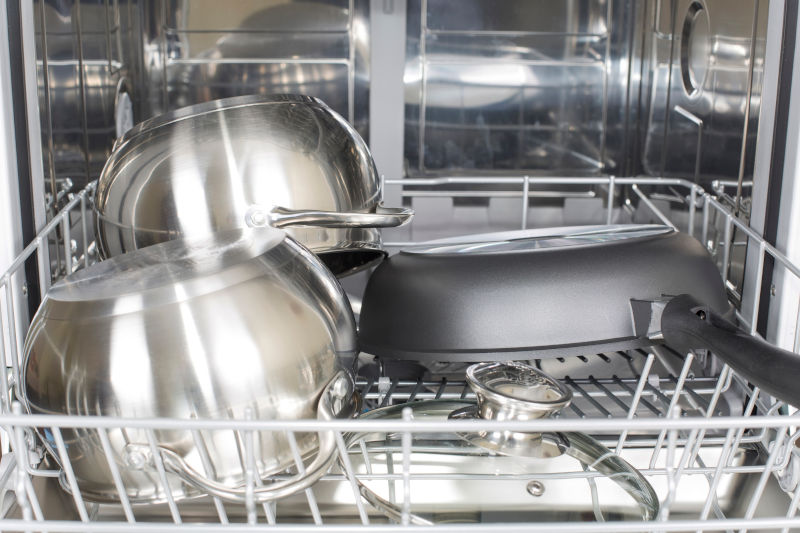
cookware in the dishwasher after washing and drying
While stainless steel is considered dishwasher safe, you should take some precautions to avoid potential damage.
- First, make sure your kitchen utensils are dishwasher safe by checking the manufacturer’s label on the bottom.
- Next, be sure to use a dishwasher cleaner specifically designed for stainless steel. Cleaners should contain little or no harmful chemicals
- If you have food scraps in your cookware, rinse them out before putting them in the dishwasher. Acidic foods can attack stainless steel over time.
- Lastly, never put stainless steel and silver-plated cutlery in the dishwasher. The reaction between the detergent and these two materials can damage kitchen utensils or dishwashers.
- After taking all precautions, follow the steps below to guide you on how to clean stainless steel in your dishwasher.
- Stack your stainless steel cookware far enough away from other materials. This can be done in the top rack to ensure efficient cleaning.
- Add detergent.
- Set the unit to cycle periodically. If your dishwasher doesn’t have a standard cycle setting, you can use a longer cycle to clean stainless steel appliances.
For stainless steel bottles, follow the steps below.
- Make sure your bottles are dishwasher safe.
- Place the bottle upside down in the dishwasher. Make sure the cover is removed.
- Any removable parts like lids and straws should be kept separate.
- Add detergent.
- Set a cycle to clean the bottle regularly.
- After cleaning, dry all-steel immediately. You can choose to use a stainless steel polish for a brighter look.
What Can Go Wrong with Stainless Steel in the Dishwasher?
While most people say it’s OK to put stainless steel in the dishwasher, some things can go wrong
The worry is that your kitchen utensils can become corroded due to excess humidity, harsh detergents, and acidic foods.
Corrosion and passivation of stainless steel do not happen suddenly but over time.
Does Stainless Steel Rust in the Dishwasher?
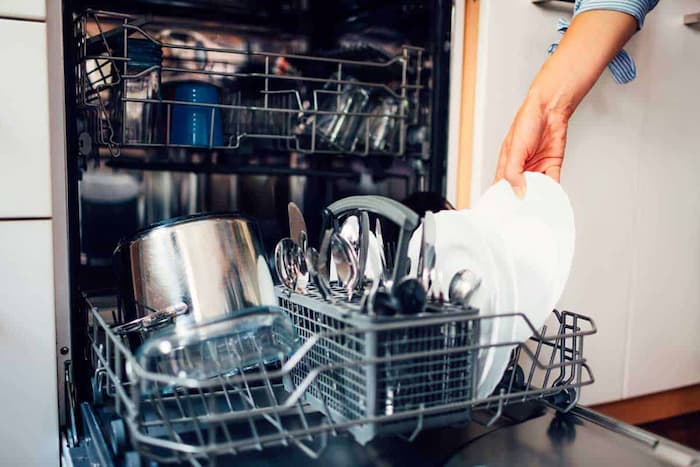
Stainless steel will rust in the dishwasher. Rust can be due to:
- Detergents contain harsh chemicals
- salt
- lubricating oil
- damp
- long time heating
Detergents containing salts and alkaline mixtures can easily accelerate oxidation and pitting corrosion, which can lead to rusting of steel products.
These items are from different types of stainless steel and therefore have different corrosion resistance.
Prevent the dishwasher from rusting:
- Do not use abrasive cleaning products
- Soak dishes for a short time
- Do not pour the detergent directly on stainless steel items.
What Metals Shouldn’t You Put in a Dishwasher?
- Cast iron
- Aluminum
- Copper
- Carbon
- Enameled cast iron
Final Words
We detail all the types, methods, and precautions you should know before washing stainless steel in the dishwasher. We hope this article helped you find the answer.
As the article shows, you can’t wash all stainless steel items in the dishwasher. You need to be very careful when washing dishwasher-safe items.
Put each item on the corresponding shelf in the dishwasher. Place dishwasher-safe cookware upside down.
If your utensils become dull and fuzzy, use a stainless steel polish. If you’re not sure if any item is dishwasher safe, don’t take the plunge; you prefer to hand wash.

